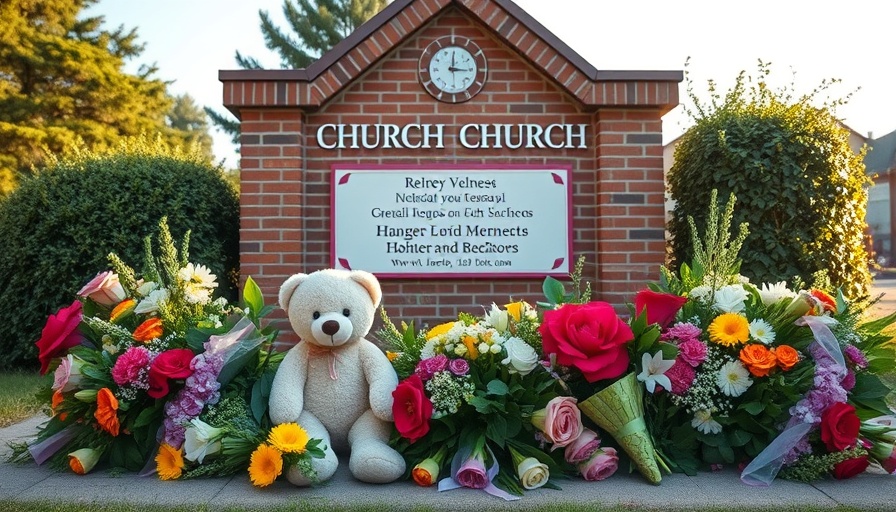
Kennedy Expressway Rehabilitation: A Delayed Fix After St. Patrick's Day
As many Chicagoans gear up for the post-St. Patrick's Day festivities, they are simultaneously preparing for the return of construction chaos on the Kennedy Expressway. The Illinois Department of Transportation (IDOT) has announced that the third and final phase of the extensive rehabilitation project will kick off on March 18, precisely one day after the green celebrations of March 17th.
Understanding the Impact on Drivers and Commuters
The ongoing project, which is set to cost around $169 million, aims to revitalize a crucial stretch of the Kennedy Expressway, where over 275,000 drivers find their daily commute disrupted. According to Jonathan Schumacher, IDOT’s bureau chief of construction, the closure will last from mid-March to late June, forcing the closure of two left lanes between Division Street and Kostner Avenue. When considering the heavy traffic expected as the holiday travelers return, this adds a level of complexity to an already intricate commuting landscape.
A Look Back at the Previous Construction Phases
It is vital to understand just how much this project has evolved over the years. This year, the construction focuses primarily on the rehabilitation of numerous bridges, replacing antiquated overhead signs, and upgrading to more efficient LED lighting. The project began in 2023 and marks the first significant rehabilitation since 1994. Originally estimated at $150 million, various factors, including necessary pavement patching, have pushed costs to their current level. Such extensive construction not only affects daily commuters but also reflects broader infrastructure challenges faced by many urban regions in the U.S.
Alternatives and Adjustments for Commuters
Motorists are being encouraged to consider alternative routes or public transport options during the construction period. The IDOT has stated that they will implement ample signage through the affected areas to alleviate confusion, especially for those unfamiliar with Chicago’s roadways. This proactive approach can help mitigate delays, but the sheer volume of traffic during peak hours will undoubtedly lead to congestion.
Seizing the Moment: Infrastructure Investment in Your Community
Investment in infrastructure often brings necessary improvements, but it is accompanied by inconveniences. The Kennedy project, while offering long-term benefits in terms of safety and efficiency, also serves as a reminder of the constant need for a balance between development and daily life. As professionals who commute through this corridor, it's essential to remain informed about these developments and the eventual benefits they bring. Each closure and detour presents an opportunity for communities to engage more deeply with discussions about urban planning and infrastructure investment—topics that resonate beyond local boundaries.
Expectations for Completion and Future Outlook
This project is set to culminate around Thanksgiving 2025, bringing with it the hope of clearer roadways and improved travel experience for commuters. As we edge closer to that completion date, stakeholders—from city officials to everyday drivers—will need to remain vigilant and communicative. Understanding the potential traffic impacts and preparing for them within the context of a professional atmosphere is key. With national sentiment focusing on infrastructure improvements, the spotlight is on how cities like Chicago manage their ongoing and future projects in light of funding from federal initiatives focused on modernization.
In conclusion, while the Kennedy Expressway rehabilitation promises long-term benefits, the immediate inconveniences challenge how professionals plan their daily commutes. The blend of infrastructure projects and the demands of urban living make it imperative for all parties to stay engaged and adaptable during these tumultuous times.
 Add Row
Add Row  Add
Add 




Write A Comment